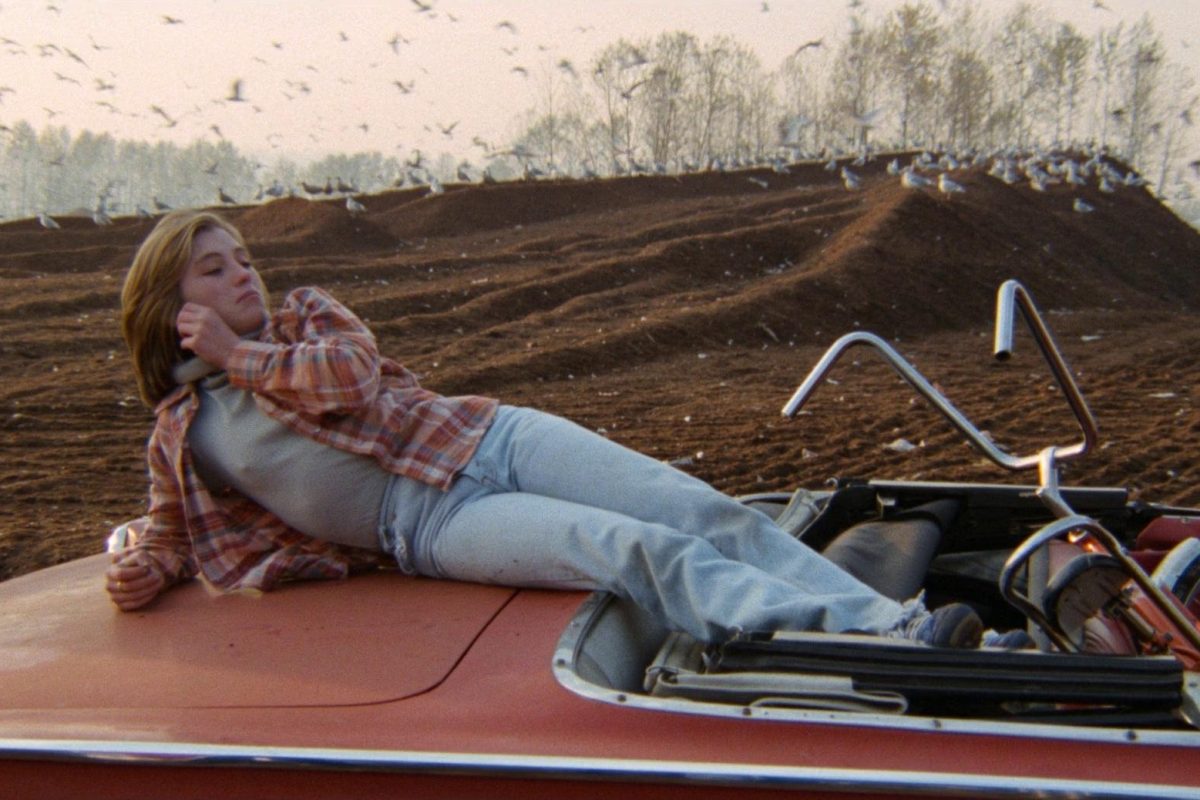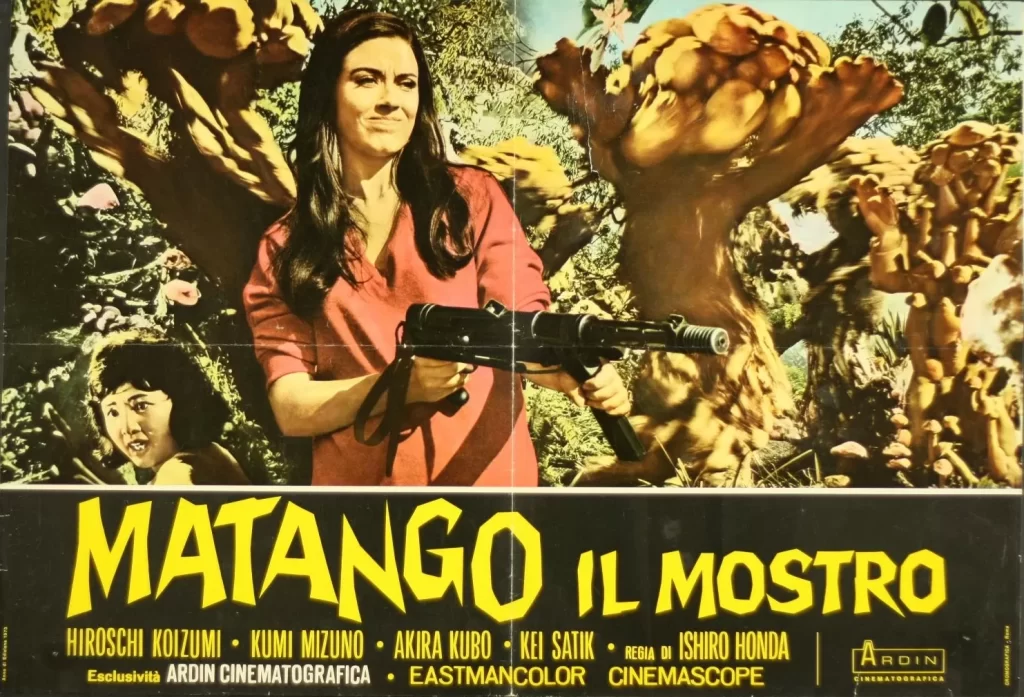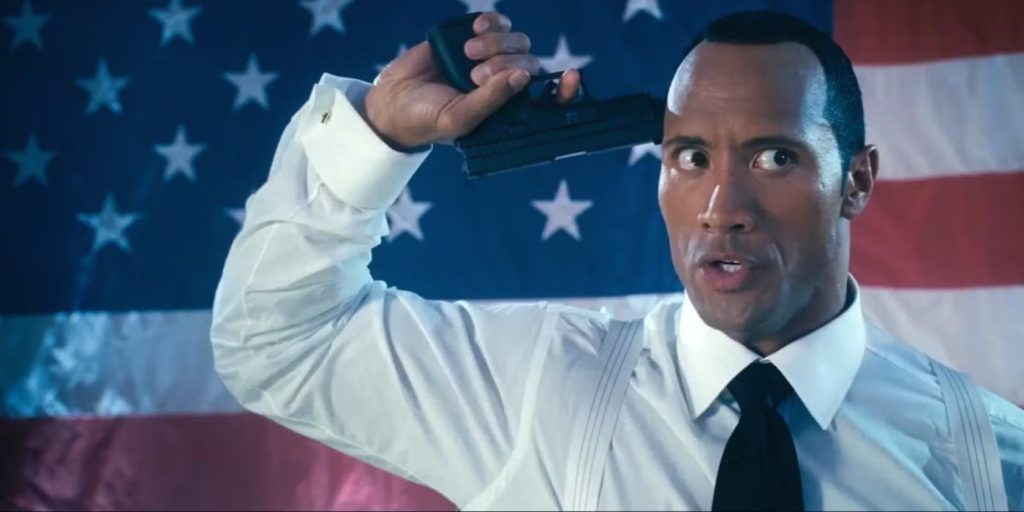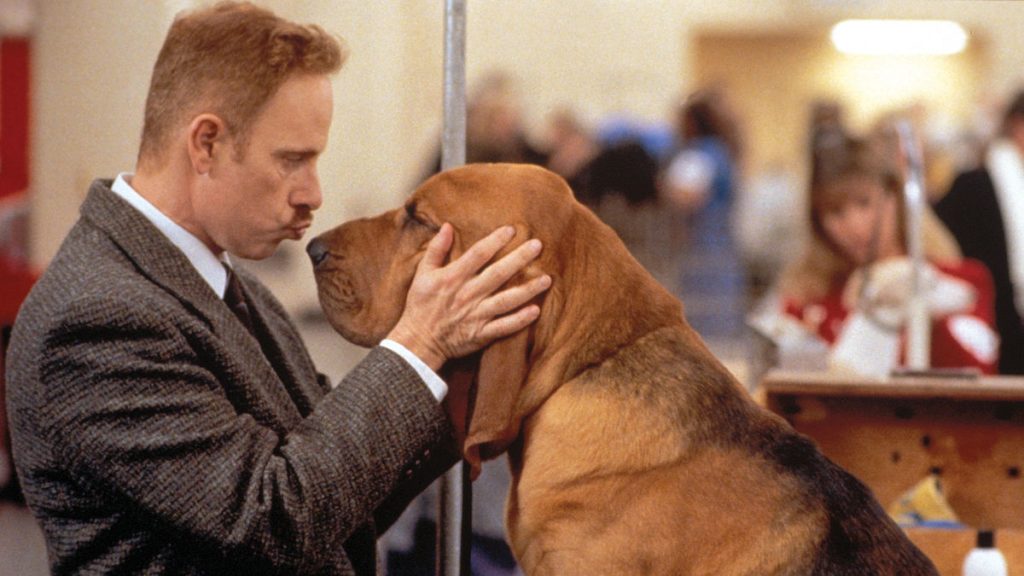Nihilistic times call for nihilistic works.
This was something Denis Hopper understood innately. The hard-living Hollywood legend made his directorial debut with the generational-defining Easy Rider (1969), an elegiac biker saga that summed up the failed promise of the free love revolution with one line: “We blew it.”
Even as he said goodbye to one revolution, Hopper helped stage another—the success of Easy Rider, more than perhaps any other film, well and truly kicked off what would be known as the New Hollywood movement, when the younger generation took over American moviemaking in the wake of the studio system’s collapse, turning in works that were harsher, darker, and more political than any that had come before them.
Unfortunately, Hopper mostly missed out on this. The disastrous production of his follow-up, The Last Movie (1971), combined with his reputation as a totally uncompromising artist as well as a volatile, violent maniac and addict, made him persona non grata in his adopted hometown of Hollywood for a long while. He continued to work throughout the ‘70s as an actor, mostly appearing in foreign productions such as Australia’s Mad Dog Morgan and Germany’s The American Friend (although he did have a memorable turn in Francis Ford Coppola’s Apocalypse Now), but it wouldn’t be until the mid-’80s, after Hopper finally got clean following a public suicide attempt, that he would enjoy a comeback, not only as a name actor, but also a director.
The sole exception to the latter came about during his time in the wilderness, and by complete accident.
Originally, Hopper was only meant to act in Out of the Blue, a coming-of-age story set in British Columbia, playing the alcoholic jailbird father of Linda Manz’s troubled teenage heroine Cebe. The crux of the story was set around Cebe—an Elvis-obsessed tomboy—finding salvation with the help of a court-appointed shrink (Raymond Burr).
However, screenwriter and first-time director Leonard Yakir proved unable to shoot anything usable, and after a few weeks, the production was on the verge of shutting down. Luckily, Hopper—who’d become fond of Manz and thought her performance was enough to salvage the film—stepped in and offered to direct.
He quickly retooled the story, holing up in his hotel room and obsessively listening to Neil Young’s achingly sorrowful track “Out of the Blue”, which Hopper not only took his film’s new title from, but which, thanks to Young’s personal blessing, he used as its recurring theme song. Hopper ‘s vision for the film was far darker than Yakir’s, one that looked back on the ‘70s in the same way Easy Rider did the ‘60s. But whereas Easy Rider’s was elegiac, Out of the Blue feels downright apocalyptic.
The film is bookended by moments of personal Armageddon. While I won’t ruin the ending, the beginning sees Hopper’s character, Charlie Barnes—an unrepentant alcoholic whose self-destructive streak is matched only by his unsettlingly close relationship with his young daughter—drunkenly plow his big rig into a school bus full of young children, killing all of them.
Cut to five years later, and Cebe—now a high school-aged punk rocker and would-be musician—finds herself acting out against her heroin-addicted mother while awaiting the release of her father from prison ( even by the lax drunk driving laws of the 80s, five years seems way too short a stretch for killing several schoolchildren). The first half seems to follow the original premise, as Cebe runs away to Vancouver, hangs out with punk bands (the Pointed Sticks appear as themselves), puts herself in some skin-crawlingly dangerous situations, eventually gets arrested for boosting a car, and is ordered by juvenile court to see a kindly shrink.
But this is also the point where Charly returns, and suddenly the film becomes something else. To reveal much more would be to ruin the shocking turns in store, but I’ll only say that if you ever wondered what The Shining might look like if it were directed by John Cassavetes, Out of the Blue is for you.
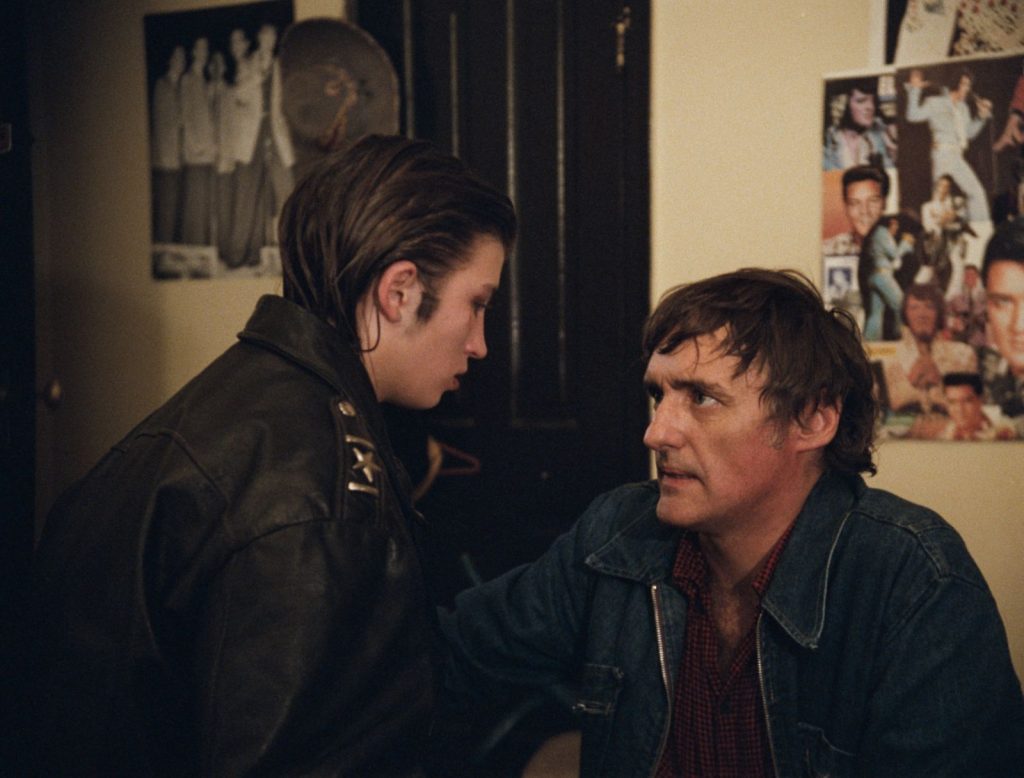
Yet, that description gives perhaps too short a shrift to Hopper, who, even though he was still very much in the throes of his own prolonged self-destruction, turns in an undeniable work of bravura filmmaking. Of all the films he directed, Out of the Blue is the most visually stunning, from the icy blue color palette that makes such haunting use of the Pacific Northwest’s ghostly natural landscape and rundown rural locales that you can practically feel its chill in your bones to the way his roving camera matches the non-stop, nervy movements of Cebe. He proves that had he not been exiled from Hollywood after ‘71, he’d have absolutely gone on to be one of the great directors of the era.
He’s immensely helped by his cast, specifically the late Manz, who, between this and her turn at the center of Terrence Malick’s Days of Heaven two years earlier, may be the most unsung and sadly underutilized actor of the same period. She is so raw, so real, so feral, that you never for a second have trouble believing she’s the offspring of Hopper—making their scenes together, especially the ultra-harrowing ones towards the end of the film, all the harder to stomach.
By 1986, Hopper would make his full comeback, turning in his two most acclaimed performances in the inspiring basketball drama Hoosiers (for which he received an Academy Awards nomination for Best Supporting Actor) and David Lynch’s suburban nightmare Blue Velvet (which has more than a few points in common with Out of the Blue, including Hopper’s terrifying turn as an abusive psychopath and its woodsy, rural setting). But for as great as both those turns are, there is a strong argument to be made that his performance as Charly was his career best.
There seems to be no daylight between Charly and Hopper, not just in performance (either Hopper is the GOAT when it comes to playing drunk or he was taking real shots between takes; neither would surprise me), but spirit. Hopper’s reputation as a violent drunk and drug user, his many run-ins with the law, and a well-documented history of domestic abuse make it clear that this is a self-portrait of self-hatred.
That recognition can make this already disturbing film even more troubling, but one can’t deny the raw honesty at the heart of it. If the purpose of art is to reflect life, then Out of the Blue is as great a look through the mirror darkly as has ever been produced. Like I wrote earlier: nihilistic times call for nihilistic works.
“Out of the Blue” is streaming on the Criterion Channel. It’s also available for digital rental or purchase, and on 4K UHD and Blu-ray from Severin Films.
